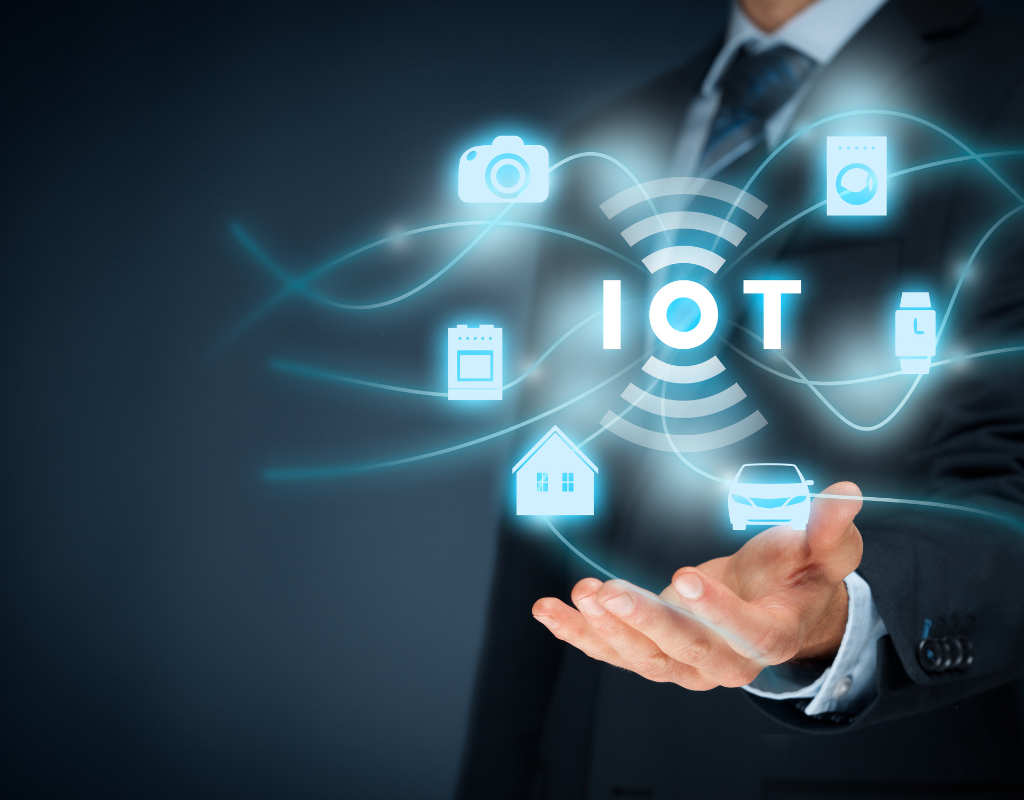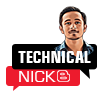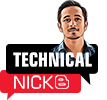The Internet of Things (IoT) is an interconnected device system that collects and exchanges data. It has been predicted that by 2030 there will be more than 29 billion IoT devices worldwide. This will be the most significant technological change since the 1990s when the internet became widely available.
The IoT connects all types of machines, devices, and objects to the internet, enabling them to communicate with each other and exchange data. There are various real-world applications of IoT; for example, an IoT device might be a smart light-bulb that can share with a smartphone app. This allows users to control the light-bulb from anywhere in the world.
12 Emerging IoT Technologies To Have On Your Radar
The IoT comprises sensors and other devices that collect and exchange data with other devices. As more devices connect, they can make better data-based decisions, improving efficiency and productivity.
Here are 12 emerging IoT technologies you should have on your radar:
1. 5G Connectivity
5G connectivity is the backbone of the IoT, as it’s much faster than 4G. It is a large-scale upgrade from the current 4G LTE standard, with several benefits over its predecessor, including greater bandwidth, lower latency, and broader coverage.
The term 5G can refer to any technologies used in the future network, but it has yet to be determined which technology will win out in the end. Some companies are already rolling out products based on their proprietary standards. However, many of these companies have also been working with stakeholders to create a unified standard that can be adopted by everyone.
2. IoT-Enabled AI Applications
IoT devices are becoming more competent and more capable every day — but they still lack intelligence. That’s where AI comes in. By combining AI algorithms with IoT devices, organizations can make their machines learn at an exponential rate and improve over time.
For example, consider how AI could help retailers better understand consumer behavior patterns based on sensor data from wearables or smart home devices. Or how hospitals could use AI to detect signs of illness earlier by analyzing biometric readings from patients’ wearables or medical equipment.
3. Digital Twin
It is an Internet of Things (IoT) technology for modeling, simulation, and visualization of physical systems. Digital Twin technology predicts what will happen in the future and helps companies make better decisions by showing them how their products will perform in real life.

Digital Twins provide customers with insights into the performance of their products throughout their lifecycle, allowing them to make better decisions about improving performance, reducing costs, and optimizing operations. Digital Twin will enable companies to create more efficient processes by monitoring every aspect of production, including machinery, materials, and workers.
4. Edge Computing
The idea behind edge computing is that it will make networks faster and more efficient by reducing latency and improving performance on mobile devices like smartphones and tablets. The technology can also help improve battery life because it reduces demand on cellular networks by handling some tasks locally instead of sending everything back to a central location, such as an Amazon Web Services (AWS) cloud server.
IoT-driven edge computing could also give companies an advantage over competitors who don’t have access to these technologies for their operations or applications. For example, an eCommerce company with thousands of online stores could use edge-computing technology so its customers can place an order from anywhere in the world and have it delivered within minutes.
5. Quantum Computing
Quantum computing is a technology that makes it possible to operate at the atomic level, using quantum physics to solve problems that would take far too long for a traditional computer to solve.
Quantum computers have yet to be made available for purchase, but they are under development by companies like Intel and IBM.
IoT devices often use cloud technology to store data and send information back to the user. But quantum computing could make cloud storage unnecessary because it can operate at such high speeds that it can process all the data independently.
6. Transportation and Supply Chain
The transportation industry is one area where IoT technology has had a significant impact over the past few years. In addition to collecting data from vehicles, trucks, and cargo containers, IoT devices can also be installed in ports, rail facilities, and other transportation facilities. This information helps companies keep track of their shipments and monitor their inventory levels more effectively than ever before.
7. Energy and Smart City
Energy management for industrial equipment is one of the biggest opportunities for IoT shortly. It helps businesses make their operations more efficient by reducing energy consumption and optimizing equipment performance. For example, by using sensors to monitor temperature and humidity levels in refrigerated warehouses or shipping containers, companies can reduce their electricity bills by using fans only when necessary and turning off lights when they’re not needed.

Smart cities use sensors to collect data from vehicles, public spaces, traffic lights, and other infrastructure components to manage them more efficiently. The data collected can be used to improve traffic flow or coordinate maintenance schedules for public areas like parks or sidewalks.
8. Healthcare and Wearables
IoT has been a hot topic in healthcare for years, but it still needs to be more widespread. The technology has helped doctors diagnose patients quicker and more accurately than ever before, with some hospitals using wearable devices to monitor patients’ vital signs.
The future of healthcare looks promising, too – more clinical trials are being conducted to test innovations, such as implantable devices capable of monitoring blood glucose levels without pricking a single finger!
9. Wearables and Embedded Systems
Wearables are embedded systems that provide users with information and control over their environment. As IoT technology advances and becomes more sophisticated, wearables will also evolve. This technology has already been integrated into our lives through fitness trackers, smartwatches, and glasses, but it will soon be used for many other purposes.
Embedded systems are computers designed to perform specific functions without being connected to any other device or network. The internet of things allows these embedded systems to communicate with each other using wireless networks or wired connections such as Bluetooth or Wi-Fi.
10. Smart Home and Customer Assistance
The IoT in home automation is a network of devices controlled remotely by software or voice commands. It can include anything from security systems to lighting and temperature control systems. Smart homes are expected to become increasingly common in the coming years as they offer many benefits, including saving energy costs, saving time, and helping people stay connected while they are away from home.

The Internet of Things will also allow companies to deliver better customer service by providing real-time data about their products and services. This could include tracking the location and condition of goods during shipment or giving information about how much time is left before your next flight takes off.
11. IoT Processors
The IoT needs a lot of computing power to function efficiently. But to save on costs, most IoT devices have processors that aren’t as powerful as their desktop counterparts. This means they can only perform essential functions like controlling their sensors or an actuator such as a motor or servo motor.
For these devices to be more intelligent and perform more complex tasks, they need better CPUs with more processing power than most home PCs and laptops today. And this is where IoT processors come into play: They provide powerful processing capabilities so that devices can analyze data from multiple sensors at once without slowing down or crashing due to overwork.
12. Low Power, Wide-Area Networks
Low Power, Wide-Area Networks (LPWANs) are a new technology that will enable IoT to scale globally. LPWANs are low-cost, low-power wide area networks that are specifically designed for machine-to-machine communication over long distances using licensed or unlicensed spectrum.
LPWANs provide connectivity between devices and gateways in rural areas that don’t have traditional cellular service or where cellular service is too expensive. They also offer the ability to connect devices over longer distances than conventional cellular networks.
Final Thoughts
The Internet of Things (IoT) has already begun to make a significant impact on the way we live and work. IoT is transforming industries from healthcare to entertainment, from smart homes to connected cars. The potential for this technology is enormous as it will continue to evolve and become more connected with other technologies, such as artificial intelligence.
To Read More Tech Blogs Visit: Technical Nick

















